So, how do maglev trains brake from high speed? How do they slow down? Maglev trains use regenerative braking. But in case of emergencies, these amazing trains can either use wheel disc braking or aerodynamic braking too.
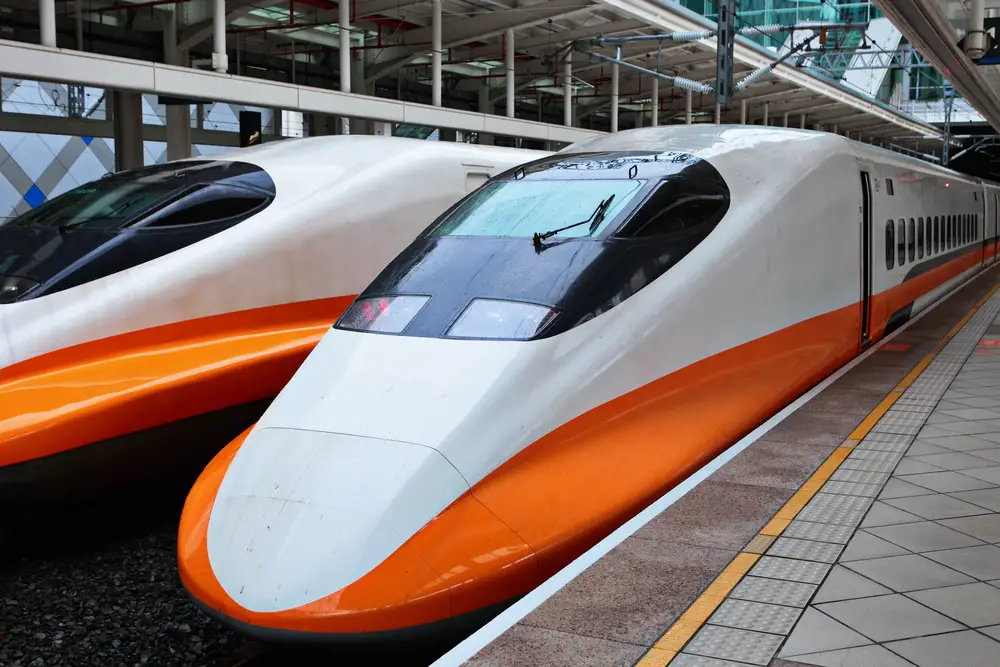
Without a doubt, maglev trains are popular because of their speed. Traveling at an average speed of 155 mph, it’s no wonder why many countries invest in these levitating trains.
Yet, it can be nerve-wracking to think how these trains can stop when there’s an emergency.
Will the train derail from its tracks? Are there special mechanisms that will enable the train to stop in time? Is it safe for the maglev train to stop immediately?
So how do maglev trains brake? Let’s dive in to know more.
Three Ways a Maglev Train Brakes
The Superconducting Maglev has three types of braking systems that are capable of slowing down a train. They test these systems in different scenarios to ensure that all operations are within safety standards. Not only that, but engineers have also put in countermeasures to guarantee that everyone is safe during emergencies.
Regenerative Braking
To slow down and stop the train uses linear motors as its generators which convert kinetic energy to electrical energy. To do this, it collects the energy from the parts that were stopped, stores it in the generator, and reuses it for future operation. A bit more advanced than the old steam locomotive!
Additionally, the advantages of this braking method are:
- It reduces energy consumption.
- Lowers the maintenance cost.
- It reduces the wear and tears on the wheel tires and brake shoes.
Wheel Disc Braking
Maglev trains only use a wheel disc braking mechanism when there’s an emergency. This braking system works by pressing a frictional material on the sides of the wheel to help slow down and stop the train.
Additionally, the advantages of the wheel disc braking method are:
- It performs high-power brake applications without putting thermal stress on the train’s wheels.
- It provides benefits to the service life of the wheelsets.
Aerodynamic Braking
Maglev trains use aerodynamic braking by increasing the surface area of the train’s brake panel. Also, this increases the windward area of the train which allows it to slow down. Also, maglev trains only use this braking system for emergency purposes.
Now that we know the three methods on how maglev trains brake, let’s dive in on what can happen when there’s an emergency.
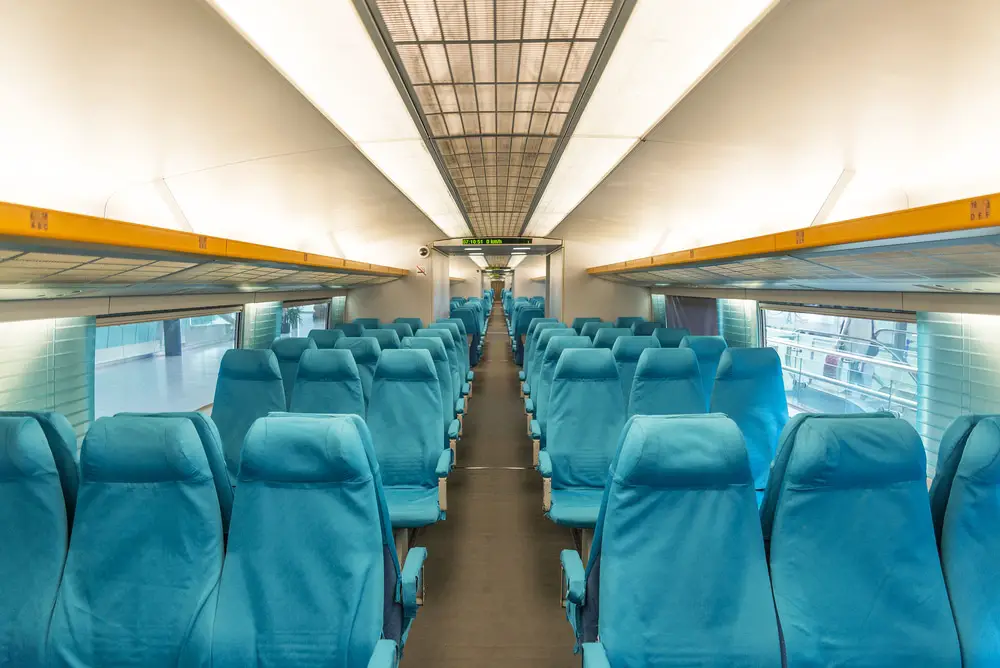
Countermeasures for Emergency Situations
Maglev trains work by using magnetic levitation in both the train and tracks. These magnets allow the train to travel at high speeds without derailing. While these magnets can work wonders on the speed of the train, many are still worried about what may happen if there’s an emergency.
In this section, we will discuss the many countermeasures that are in place on the train.
Countermeasures for Power Outages
When the power goes out, the train will continue to levitate allowing it to travel at high speeds. The maglev trains will slow down and come to a stop rather than derailing off the tracks.
Additionally, if one substation encounters an outage, it collects electricity from another substation. This will allow the train to continue traveling without slowing down or stopping. This will also keep the train from derailing.
Countermeasures for Earthquake
Most of the routes and terminal stations of the Chuo Shinkansen train for example are found in underground structures and tunnels. Earthquake tremors are smaller when underground. This makes the Chuo Shinkansen strong against natural disasters and safe even when there’s an earthquake. Because of this, the stations in Tokyo, Osaka, and Nagoya are considered very safe.
Another train that has a countermeasure for earthquakes is the Superconducting Maglev. The magnetic force from the guidance coils and levitation centers the train, which keeps it from derailing.
An example of this magnetic force is when the train becomes off-center in the guideway. The furthest side of the train creates an attractive force, while the opposite side creates a repulsive force to balance it. This enables the train to come back to the center with electromagnetic induction.
The faster the speed of the train, the more stable it becomes because of the greater magnetic force.
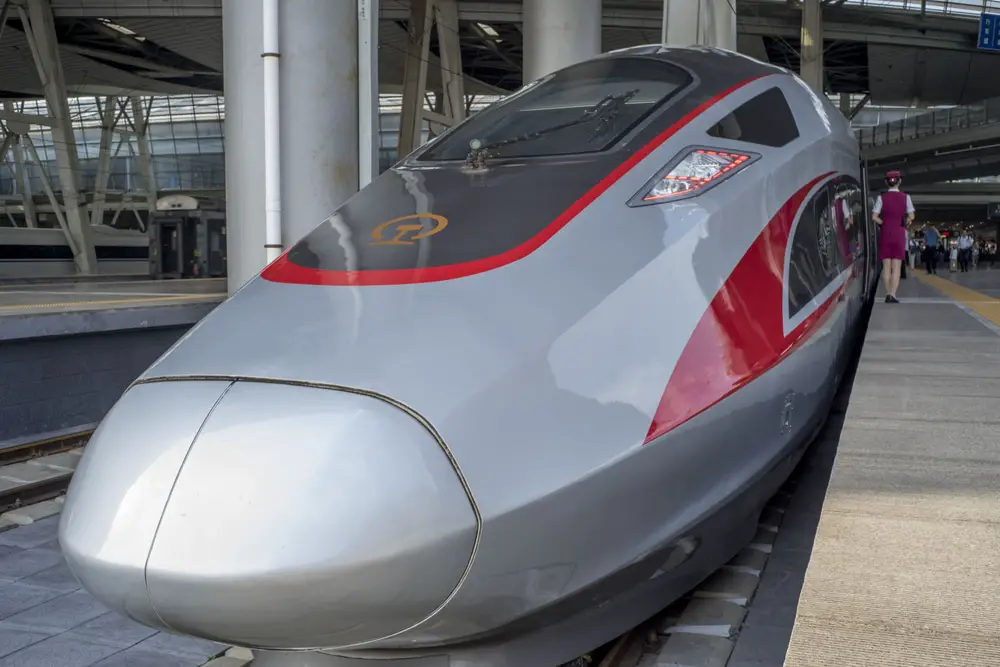
Countermeasures for Fire
The Superconducting Maglev is made of materials that are primarily flame-retardant and non-flammable. There are automatic doors on each car of the train and partition doors are positioned on either end of the train set. When a fire starts, the train will stop outside of the tunnel or at the next station for all passengers to evacuate.
Additionally, there are fire extinguishers on each car to respond to fire.
We’re gone through all of the important countermeasures on the train. Next, let’s go to the evacuation process of the maglev trains.
Evacuation Process in Case of Emergency
The Chuo Shinkansen runs through underground tunnels and 86% of these run from Shinagawa to the Nagoya section. The evacuation plan is to travel outside of the tunnel or stop at the next station. In case the maglev train brakes and stops inside of the tunnel, here is the evacuation process:
Get off to the Central Walkway
There are evacuation ladders on each car for passengers to get off the train. The tunnel has a guided walkway for passengers to follow.
Go through the Evacuation Path
The location of the evacuation path is at the bottom side of the tunnel. This path is a safe structure that’s pressurized and partitioned to block heat and smoke.
Evacuation Elevators
There are evacuation elevators and stairs for passengers to reach the ground level.
So, how many maglev trains are operational and where are they?
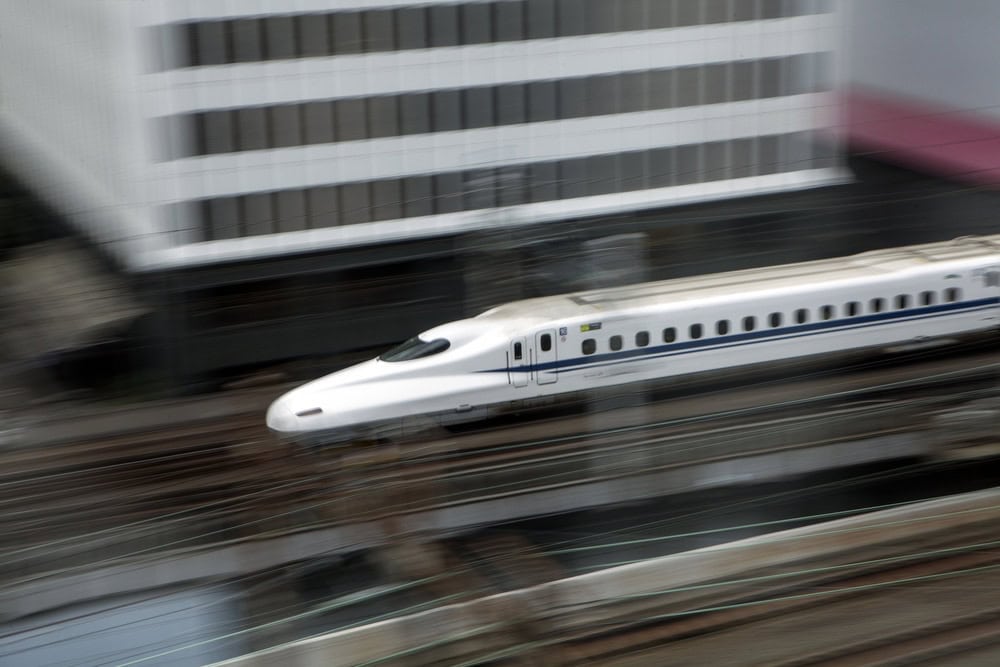
How Many Operational Maglev Lines are There?
There are six operational maglev trains in the world. In this section, we will list down the six maglev trains in the world, when they started their commercial operation, speed data, and other facts.
Daejeon Expo Maglev
This train was built in 1993 in South Korea to show how electromagnetic suspension works. Now, it operates between Expo Park and the National Science Museum at a speed of 100 km/h.
Shanghai Maglev
The Shanghai Maglev connects the Pudong International Airport and Longyang Road station. You’ll find this train in Pudong, Shanghai, China. It started its operations in 2004. With a speed of 431 km/h, this train is the first high-speed maglev train in the world.
The Shanghai Maglev train uses regenerative braking to stop the train.
Linimo Maglev
The Linimo Maglev is Japan’s first commercial maglev line that was built in 2005. This maglev train now serves nine stations in the Aichi High-Speed Transit Tobu Kyuryo. Unknown to many, this train is the world’s first unmanned urban maglev servicing the public. Although, it has the same speed as Daejeon Maglev which is 100 km/h.
The Linimo Maglev train uses two methods to stop the train which is regenerative braking and hydraulic braking.
Incheon Airport Maglev
Introduced in 2016, the Incheon Airport Maglev now offers free rides to all passengers traveling between the Incheon International Airport and the Yongyu station. This is the first uncrewed commercial train in South Korea. The Incheon Airport Maglev uses regenerative braking to stop the train.
Changsha Maglev Express
Slower compared to the Shanghai Maglev Train, the Changsha Maglev Express travels 100 km/h. This train was introduced in 2016 in China which connects three stations and runs every 15 minutes. This train uses state-of-the-art hydraulic braking systems that shift the air pressure within the train.
Beijing S1 Metro Line China
The third and newest maglev train in China is the Beijing S1 Metro Line China which travels to seven different stations. Introduced last 2017, this train travels at an average speed of 110 km/h. This maglev train can brake using its mechanical and magnetic braking systems.
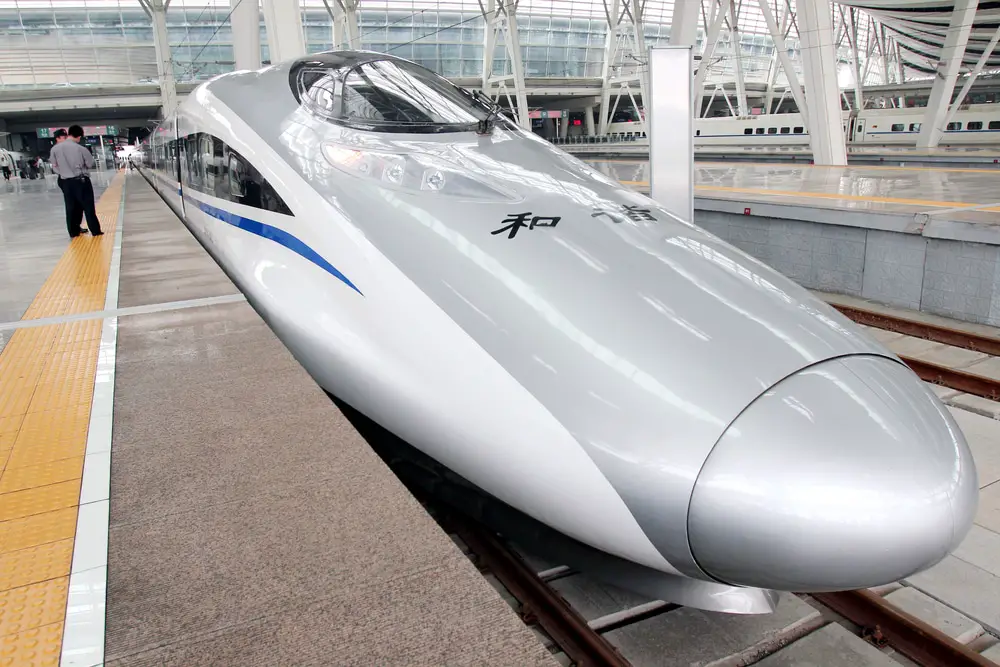
Conclusion – How Do Maglev Trains Brake?
When asking yourself how do maglev trains brake, you must first consider the train. The six trains we’ve mentioned above have different braking systems that allow the trains to stop in case of an emergency. Regenerative braking, wheel disc braking, and aerodynamic braking have their own advantages and disadvantages when applied to the speed of the train.
I hope you are lucky enough to enjoy a train journey on a maglev train, it is a truly incredible experience.
Safe traveling!

